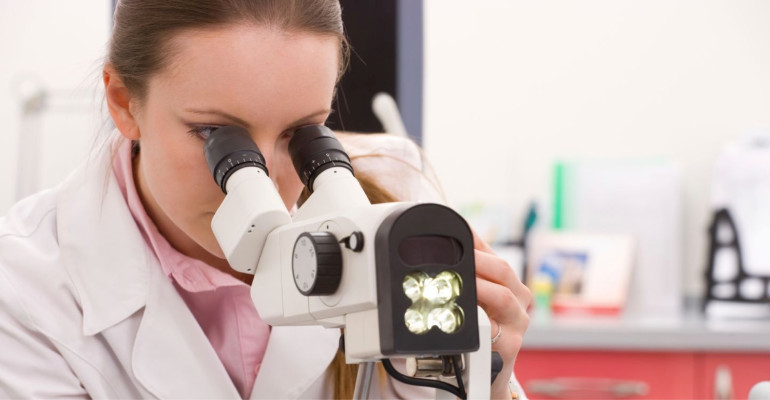
What is colposcopy, and what diseases is it used to diagnose?
Many methods are used to diagnose women's diseases. Among them, colposcopy is the foremost. It provides reliable results in diagnosing many conditions, from genital warts to cervical cancer, detecting cells that may turn into cancer, and determining the causes of infertility.
Non-invasive colposcopy is not a painful or distressing procedure as many women fear, and it lasts about 10 to 20 minutes.
What is colposcopy?
Colposcopy refers to the examination of the female reproductive system areas — vulva, vagina, and cervix (cervical region) — using a device called a colposcope. This method, which can magnify the image nearly 6 to 50 times, allows a clearer view of the cervix with a lighted instrument.
The colposcope used is a lighted magnifier, similar to binoculars. If a suspicious area is detected during the procedure, a biopsy can be taken to examine the area more closely.
For which diseases is colposcopy used for diagnosis?
- Genital warts
- Cervical inflammation
- Vaginal cancer
- Vulvar cancer
- Precancerous changes in the vulva
- Precancerous changes in vaginal tissue
- Changes in cervical tissue
- Suspicious lesions in the vulva
- Cervical cancer
In addition, colposcopy can also be performed during pregnancy. This method is also used to identify factors causing infertility. Moreover, colposcopy can be applied before any surgery on the cervix.
How to prepare for colposcopy?
Before the colposcopy procedure, the patient needs to pay attention to some points. Accordingly:
- No vaginal washing before the procedure
- No use of tampons
- Pause vaginal medications
- No sexual intercourse 48 hours before the procedure
- The procedure should be done before or after menstruation
Many women may experience significant anxiety before having this procedure. Due to the anxiety caused by gynecological examinations, some pain may be felt during the procedure. Normally, colposcopy is a painless and comfortable procedure, and patients who manage their fears and anxieties before the procedure cope more easily.
How is colposcopy performed?
This procedure, which takes about 10 to 20 minutes, starts with the patient lying on her back in the classic gynecological exam position. A metal speculum is inserted into the vagina to hold the walls open for a clear view of the cervix.
The colposcopy device is positioned a few centimeters away from the vulva. To remove mucus and secretions and achieve the best image quality, the vagina and cervix walls are cleaned with solution-soaked cotton swabs.
A type of staining procedure is done so that abnormal cells can be easily distinguished from normal cells. Samples from the stained areas are taken for biopsy, and the procedure is completed.

